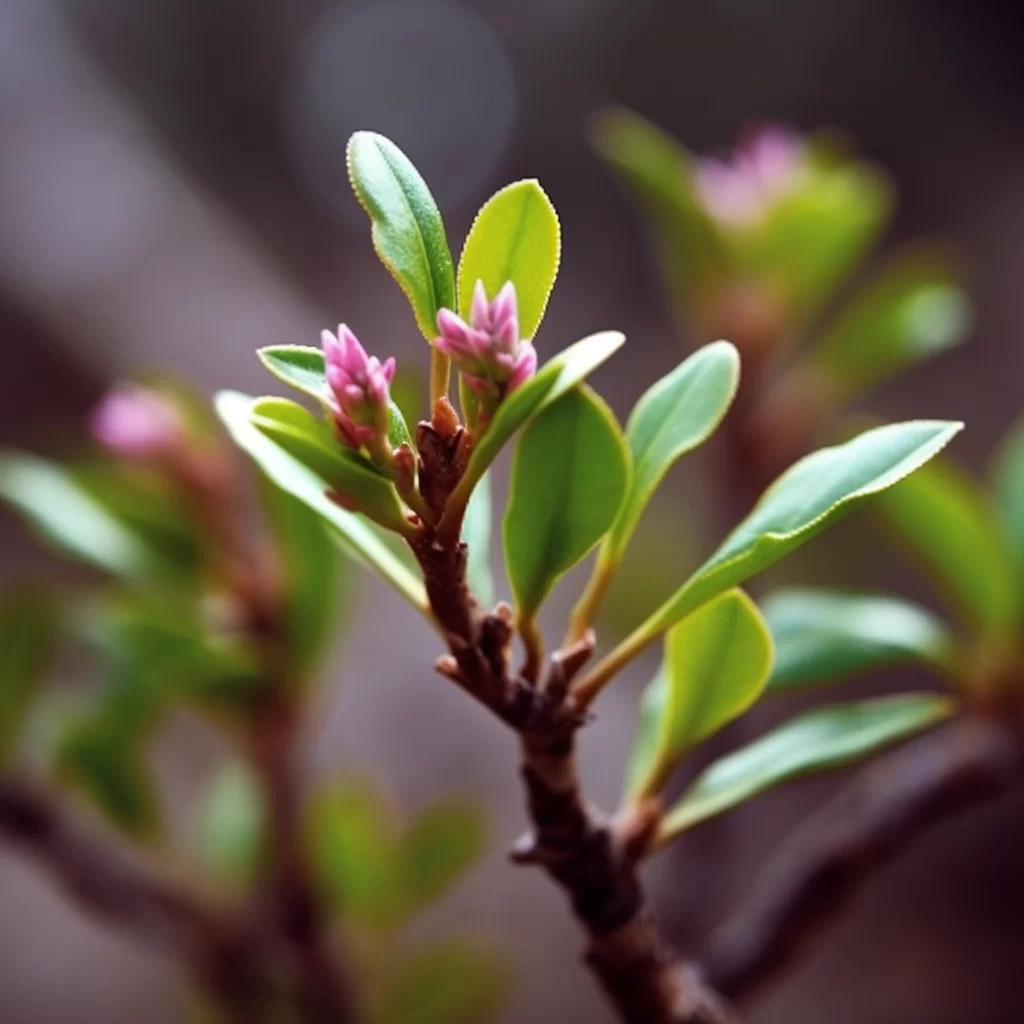Story of Day :
Contents
The Ultimate Guide to Winter Daphne Plant: Complete Care Tips
Introduction
Winter daphne plant, also known as Daphne odora, is a beautiful evergreen shrub that produces fragrant pink or white flowers in late winter or early spring.
This plant is native to China and Japan but has become popular among gardeners around the world due to its stunning appearance and sweet scent.
In this article, we will provide you with a complete guide on how to grow and care for winter daphne plants.
Growing Winter Daphne Plants
- Location: Winter daphne plants thrive in well-drained soils with partial shade.
They prefer morning sun and afternoon shade, making them ideal for planting under trees or near walls that receive filtered light.
- Soil: The soil should be rich in organic matter and slightly acidic (pH 5.0-6.5).
You can amend your soil by adding peat moss, compost, or other organic materials before planting.
- Watering: Water your winter daphne plant deeply but infrequently during the growing season (spring-fall).
Be careful not to overwater as this can cause root rot.
During the winter months when the plant is dormant, reduce watering frequency.
- Fertilization: Apply a slow-release fertilizer formulated for acid-loving plants in early spring before new growth appears.
- Mulching: Apply a layer of mulch around the base of your winter daphne plant to help retain moisture and regulate soil temperature.
Avoid placing mulch directly against the stem as this can lead to fungal diseases.
Caring for Winter Daphne Plants
- Pruning: Winter daphne plants require minimal pruning.
You can remove any dead or damaged branches in early spring before new growth appears.
Avoid heavy pruning as this can affect the plant’s ability to produce flowers.
- Pests and Diseases: Winter daphne plants are relatively pest-free but can be susceptible to fungal diseases such as powdery mildew and leaf spot.
To prevent these diseases, avoid overhead watering and ensure good air circulation around the plant.
- Propagation: Winter daphne plants can be propagated through cuttings taken in late summer or early fall.
Dip the cuttings in rooting hormone powder and place them in a well-draining potting mix until roots form.
Tips for Growing Healthy Winter Daphne Plants
- Avoid planting winter daphne near concrete or other alkaline materials as this will raise the soil pH above its preferred range.
- Maintain consistent moisture levels by watering deeply but infrequently, especially during hot weather conditions.
- Fertilize with a slow-release fertilizer formulated for acid-loving plants once a year in early spring before new growth appears.
- Avoid over-pruning your winter daph ne plant as this can negatively impact their ability to produce flowers:
- Monitor your winter dap h ne regularly for signs of fungal diseases such as powdery mildew, leaf s pot , and blight .
If you suspect an infection, prune off diseased areas immediately and apply an appropriate fungicide.

Conclusion
Winter daphne plants are a beautiful addition to any garden.
With the right growing conditions and care, these plants can provide stunning blossoms and a sweet scent during the winter months.
Remember to plant your winter daphne in partial shade with well-draining soil, maintain consistent moisture levels, and fertilize annually with a slow-release fertilizer formulated for acid-loving plants.
By following these tips, you can enjoy the beauty of winter daphne for years to come.